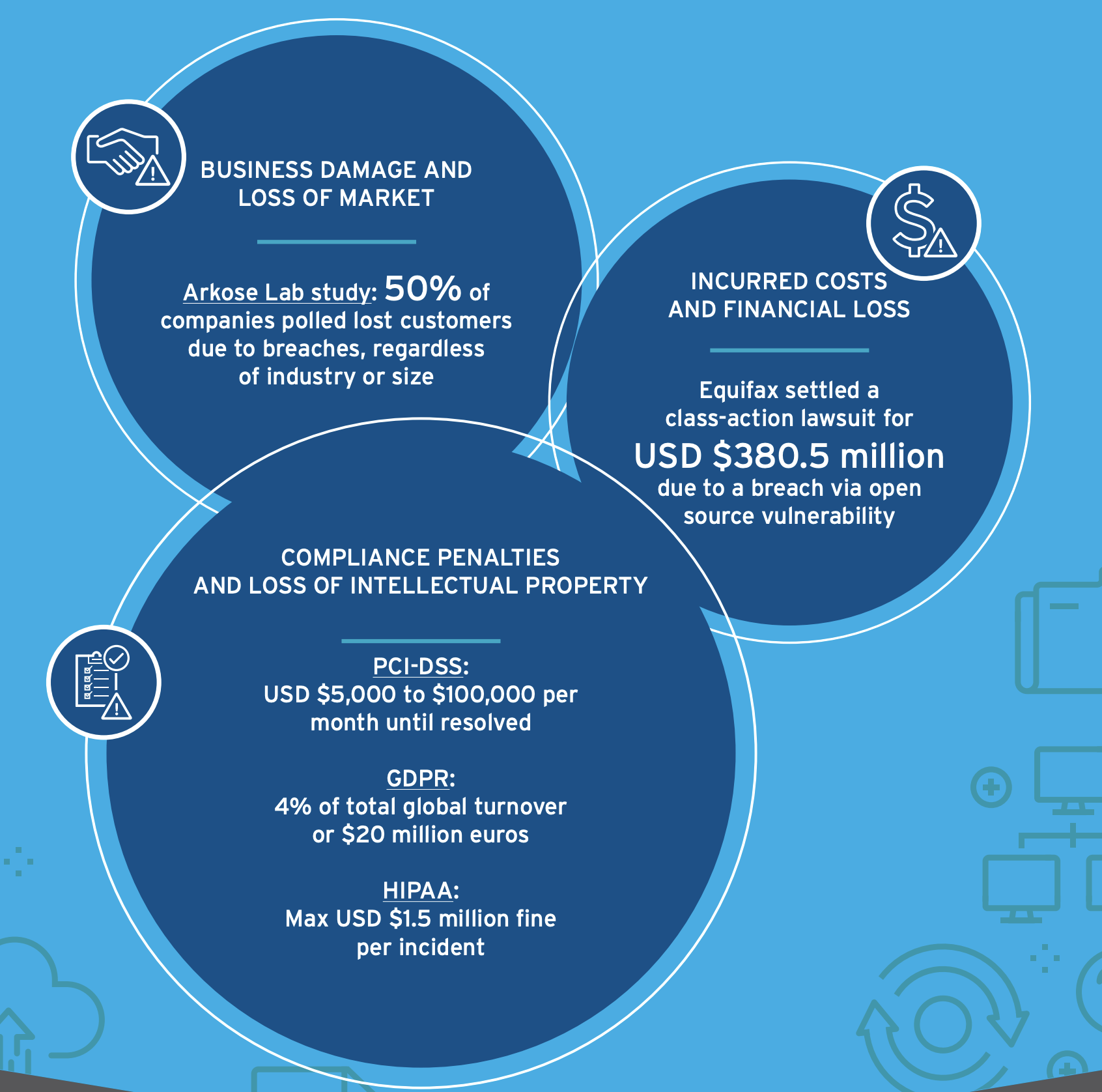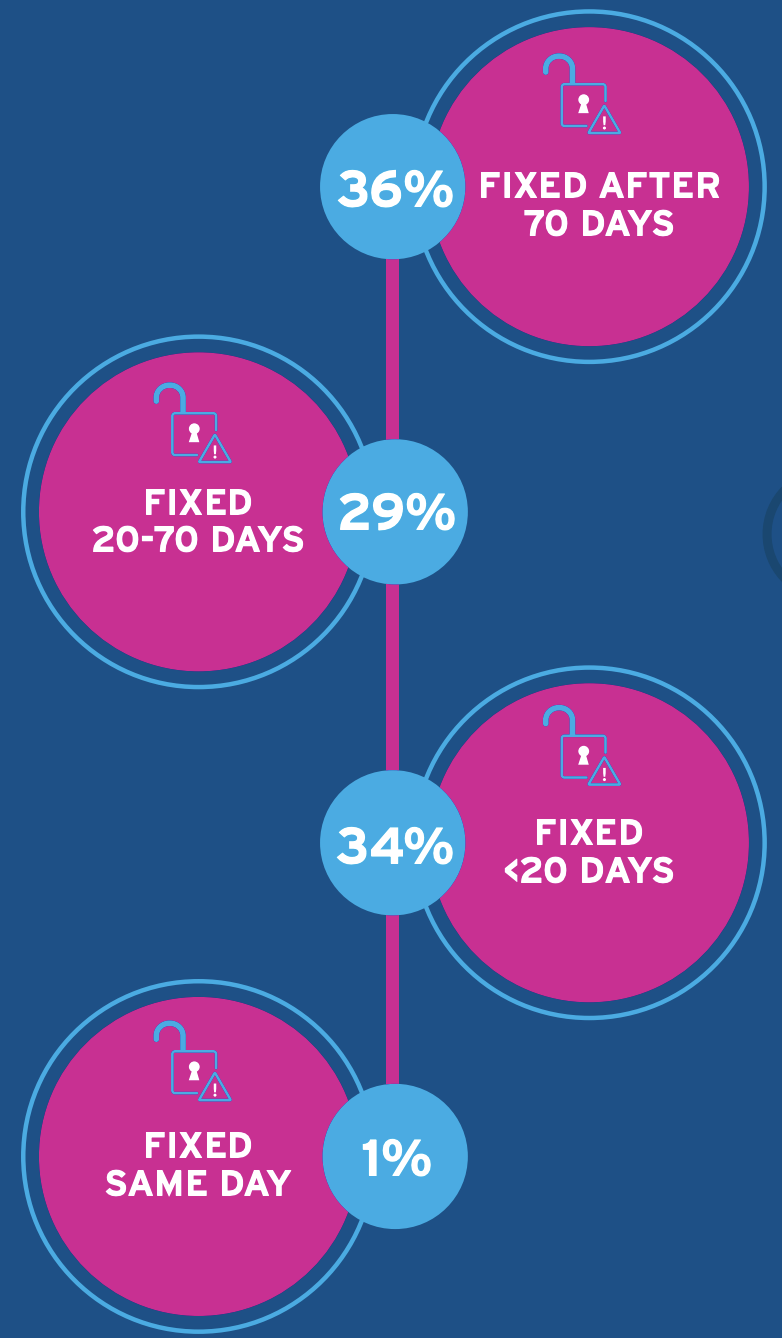Introduction
The State of Application Security
With more organizations now depending on software to move their business processes forward, keeping application security in line with development practices has become essential. The way in which developers build and release applications has changed dramatically in recent years. Today’s development cycles resemble software factories, where new features and updates often roll off an assembly line daily. For software security managers, this adds complexity and additional risk to ensure applications do not create new vulnerabilities in business systems.

SecOps: Tips for reducing open source vulnerabilities
The use of open source software has grown exponentially as the demand for custom-built web, mobile, and cloud-native applications has increased. Yet, as with any software, there are potential security issues that may go unchecked because organizations are unaware they are using a vulnerable open source component in their application. While open source libraries provide an advantage for modern software development, these unforeseen security risks can significantly impact downstream processes, business reputation, and customer confidence.
Check out the infographic below for key trends and tips to help security operations teams better understand how to protect against open source vulnerabilities and reduce risks.

What are the impacts?
When hackers exploit an open source vulnerability, they can gain access to troves of sensitive data being stored within the application. Here’s how a data breach impacts organizations:

Current Open Source Vulnerabilities

How long does it take to remediate vulnerabilities?
The honest answer? Too long. According to Snyk, remediation timelines don’t match with community expectations.

How SecOps can manage Open Source Risks:
